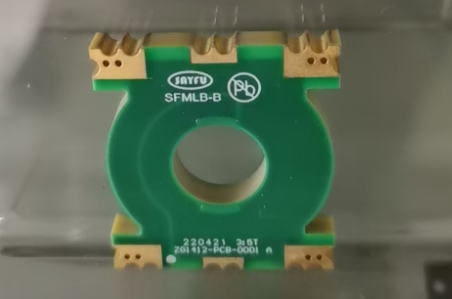PCB Board for Fabrication must be converted into production files. These files guide the manufacturer’s production process. Correct file output is extremely important. Errors can lead to manufacturing failure. Therefore, please follow the standard procedures. This will ensure your design is perfectly realized.
1.Preparing Design Files PCB Board for Fabrication
First, complete your circuit board layout. Ensure all traces are properly routed. Then, run a Design Rule Check (DRC). This verifies your layout meets specifications. Next, check for any electrical errors. Finally, generate the manufacturing files. These are called Gerber files.
2.Generating Output Files PCB Board for Fabrication
Open the manufacturing output settings. Select all required layers for printing. This includes copper and solder mask layers. Also, include the drill file for holes. Then, set the correct file format. RS-274X is the industry standard. Double-check the output file names. This prevents confusion later.

3.Final Review and Submission
Carefully review all generated Gerber files. Use a free viewer for verification. Ensure all features appear correctly. Then, create a compressed ZIP archive. Include all necessary files inside. Finally, submit the package to your manufacturer. Always confirm their specific requirements first.
In conclusion, proper file preparation is crucial. It ensures your design is manufactured correctly. Attention to detail prevents costly errors. Following these steps guarantees a smooth process.

4.Communication and Follow-up After Submission
Please keep communication channels open after submitting files. The manufacturer may require technical confirmation. Promptly responding to their inquiries is crucial. Simultaneously, save all project-related documents. This facilitates subsequent queries and modifications. Finally, confirm production parameters and delivery timeline. Effective communication ensures smooth project progression.
Production Confirmation and Sample Testing
Carefully review all production confirmations. Verify material selection and board thickness. Note the surface finish requirements. Test the first samples thoroughly. Perform basic electrical performance checks. Inspect pad and via quality. Provide timely feedback on any issues. Mass production requires approved samples.
Document Archiving and Version Management
Archive all documents after completion. Save the final production files. Record all revision histories. Establish a complete project library. This provides references for future projects. Standardized management improves work efficiency.
